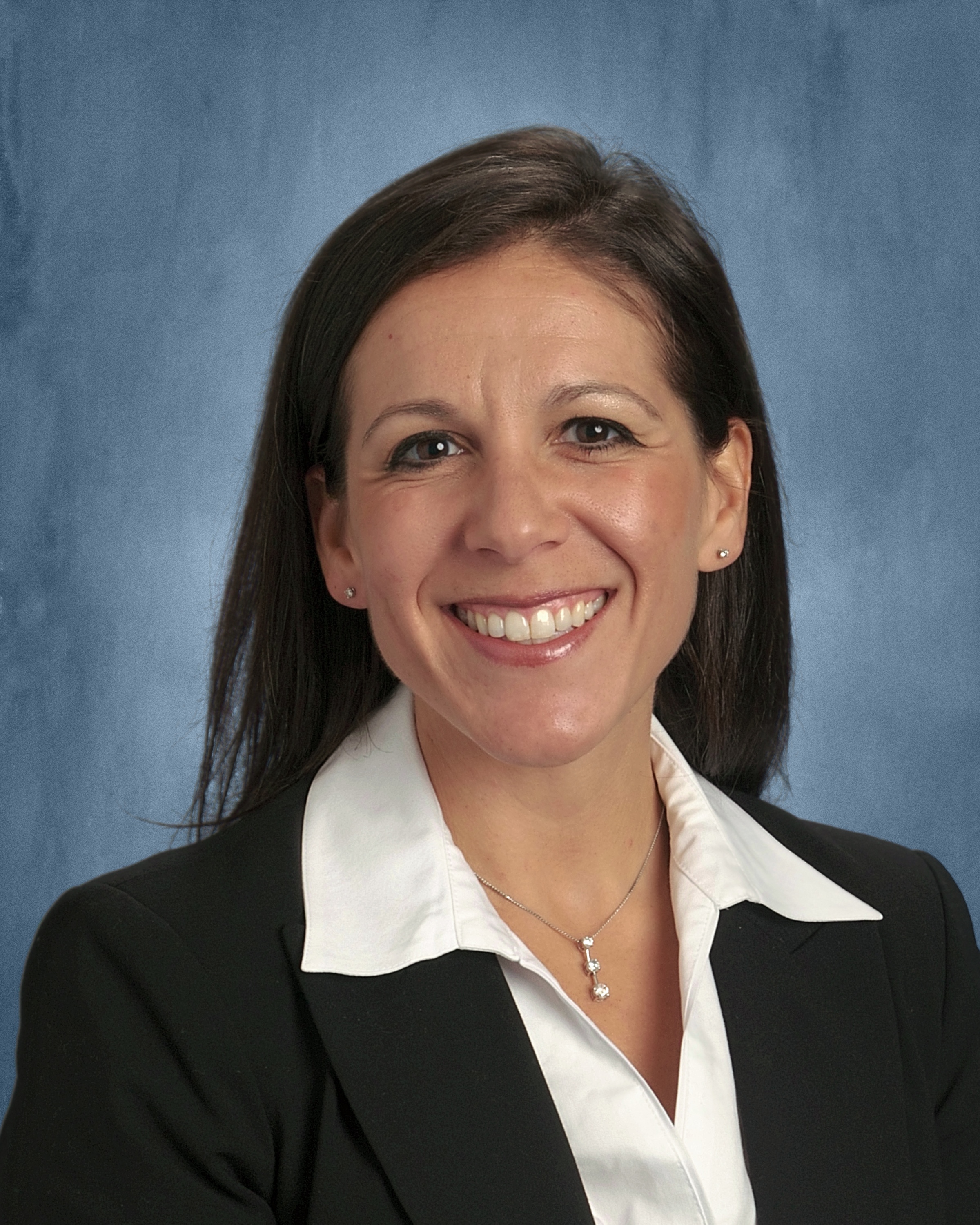

One of the goals that educators have is to offer students engaging learning experiences that push them to think deeply and solve problems in the community. Along with this, many of us strive to create an environment in which students feel safe and comfortable; and even a place where students can leave their reality for a bit and be immersed in a happier place. In her book, "Reality is Broken", Jane McGonigal discusses that when people are involved in playing games they satisfy a hunger for "more satisfying work, for a stronger sense of community, and for a more engaging and meaningful life." (p. 6) She presents ways that games offer tasks in which players work to overcome failure and seek out challenges. What better way to help our young learners develop work ethic and growth mindset than to turn our classrooms into a game?
Moreover, after attending Keystones:Technology Innovators (KTI) Summit in 2019 and exploring featured speaker--John Meehan's book, EDRenalineRUSH first hand, I decided to adapt many of his incredible ideas for my elementary students. After creating a yearlong game for my writing workshop, I have observed firsthand student growth and a development of a love for learning. Now, I would like to share this experience with the attendees of ISTE 2023 so they can try it too!
Along with time to informally converse with the presenter, this poster session will offer visual examples of tools, techniques, and instructional strategies used to gamify an elementary writing workshop.
As a result of their participation, attendees will be able to brainstorm favorite games that could be the model for any content area and grade.
As a result of their participation, participants will be able to explore high quality, multimodal, educational gamification resources.
As a result of their participation, attendees will be about to begin making a list of badges that can be earned based on teaching content.
The focal point of this poster session will be the presenter's, "Writing Wonderland" game board. As attendees visit the poster, specific examples of how each unit of study was transformed into a game will be shared via digital images and authentic examples of student work. Other points of conversation with visual examples may be as follows:
1. Inspiration to gamify the elementary writing classroom (presenter's personal example then help attendees start brainstorming ideas for their own classrooms).
2. Student Buy-in: Kicking the year off with badges! Demonstrate how to design badges and explain how students can take over with badge designs.
3. Connecting the content to the game: Share examples of yearlong units that connect with the game board. Show attendees how to google drive files to organize the content, then started small by planning one unit as a trial. Explain how students leveled up through the writing process, and offer examples of student feedback.
4. Celebrate Often: Example weekly badge ceremony to keep students engaged.
Matera, M. (2015). Explore like a pirate. Dave Burgess Consulting, Inc.
Matera, M., & Meehan, J. (2021). Fully engaged: Playful pedagogy for real results. Dave Burgess Consulting, Inc.
McGonigal, J. (2011). Reality is broken: Why games make us better and how they can change the world. Penguin Press.Matera, M., & Meehan, J. (2021). Fully engaged: Playful pedagogy for real results. Dave Burgess Consulting, Inc.
Meehan, J. (2019). Edrenaline rush: Game-changing student engagement inspired by theme parks, mud runs, and escape rooms. Dave Burgess Consulting, Inc.
Pearce, T. (2020). “Gamification beyond the buzzword: Why it’s not what you think”. TrainingZone, https://www.trainingzone.co.uk/deliver/training/gamification-beyond-the-buzzword-why-its-not-what-you-think.